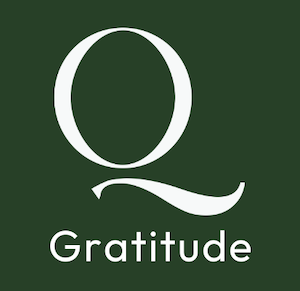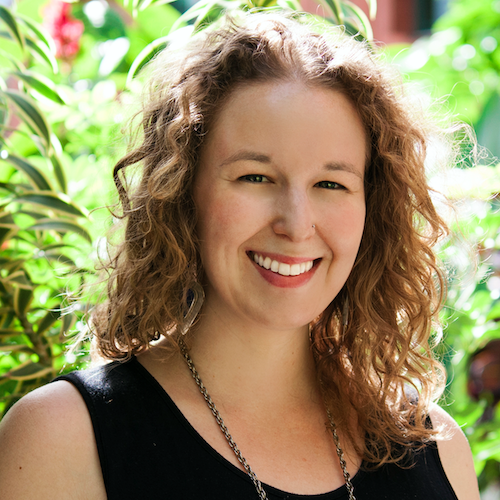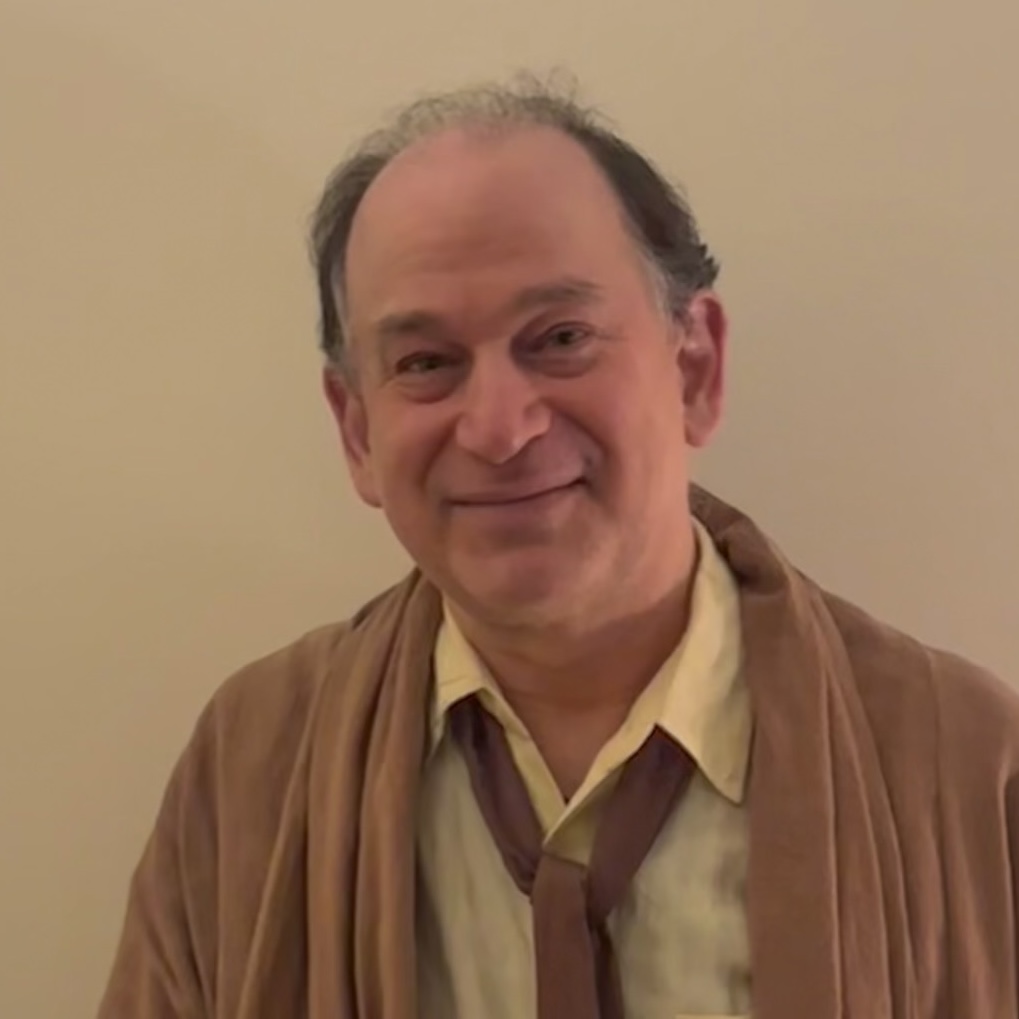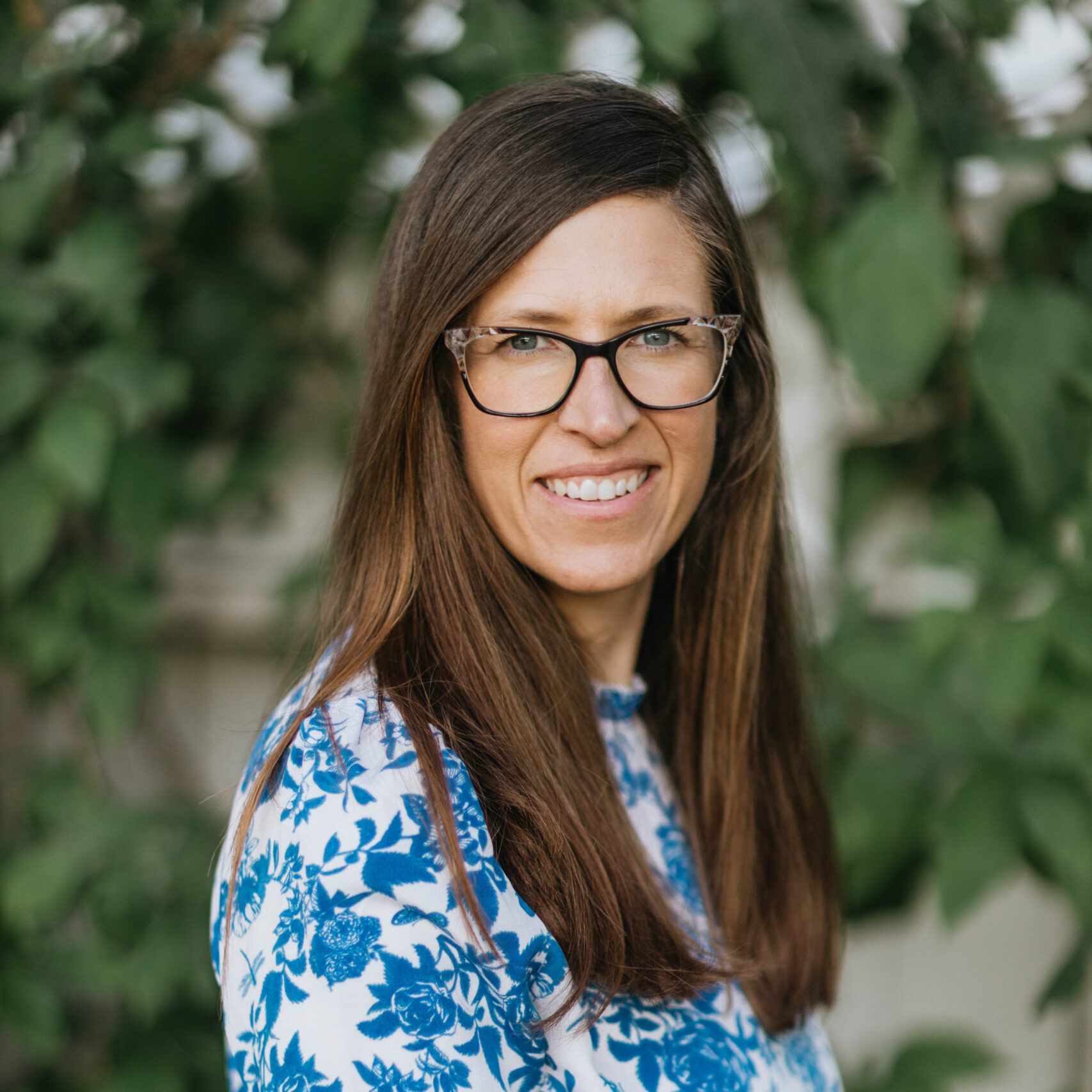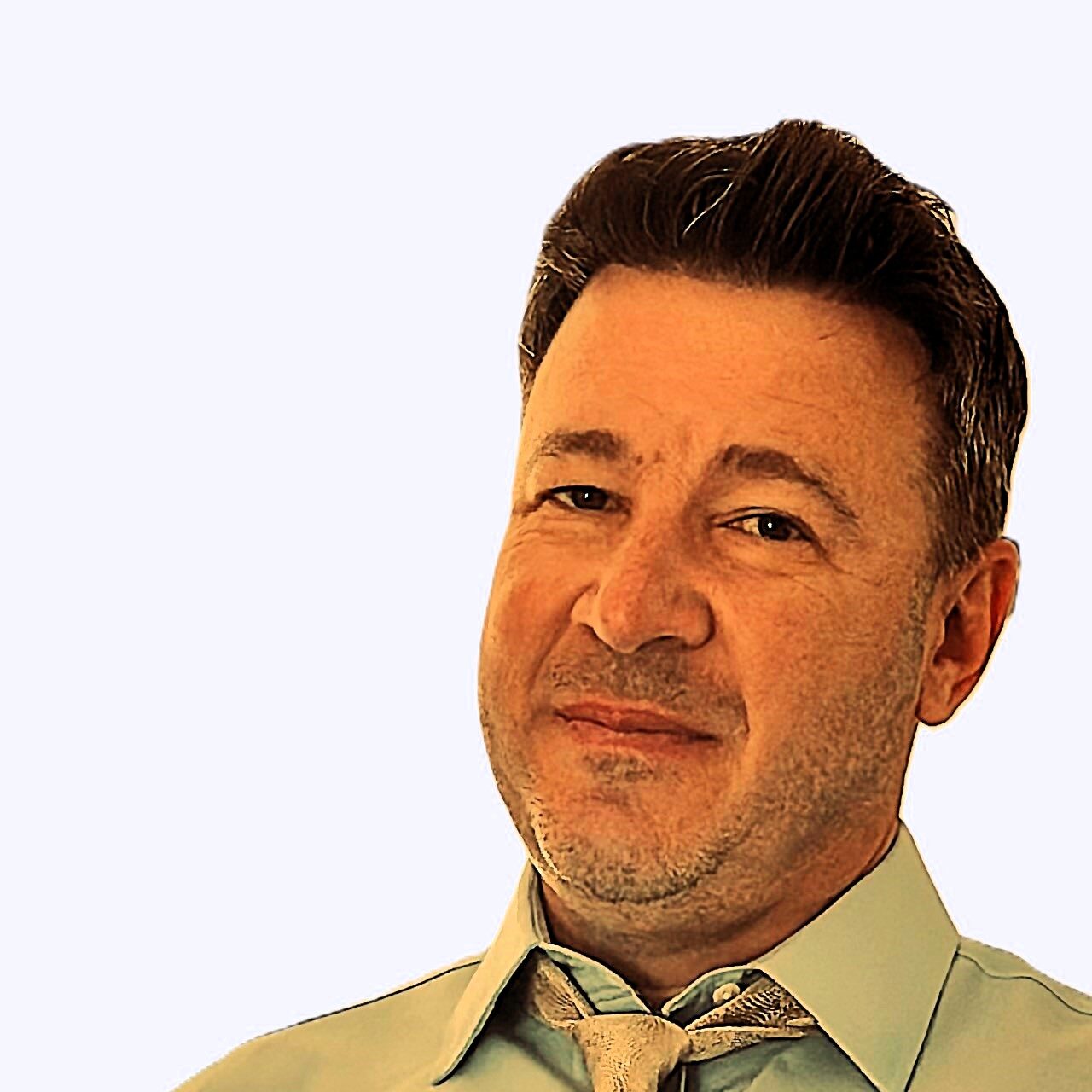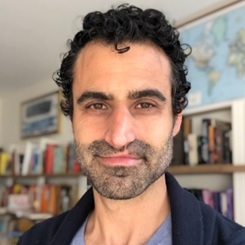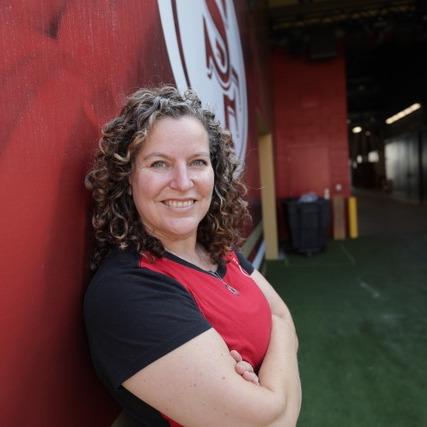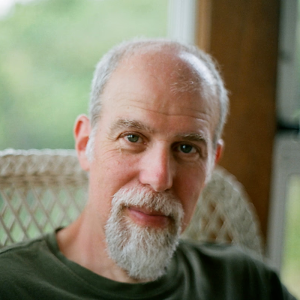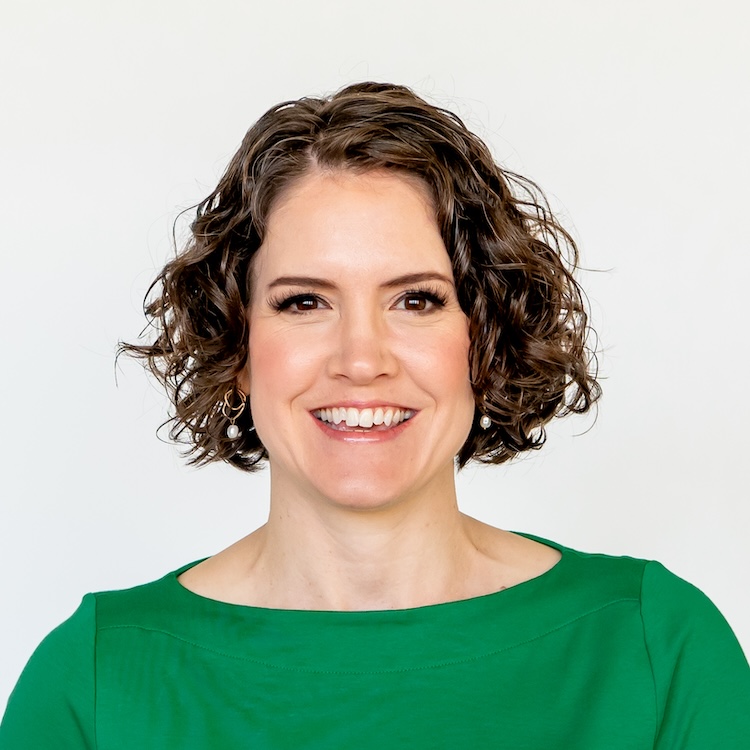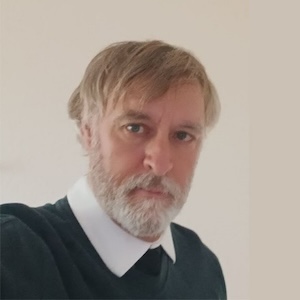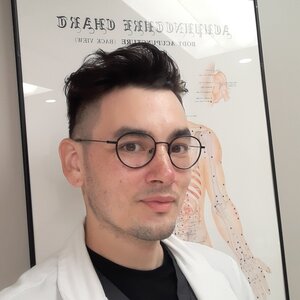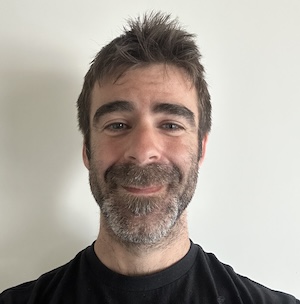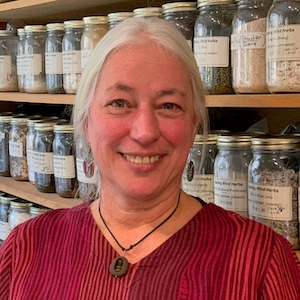Everyday we sit with people in our clinic and puzzle through the questions of “What is going on for them,” “Can I see clearly what they need,” and “Do I understand how this person is an expression of yin/yang, heaven and earth?”
Our patients have a story. And so do we, except we usually call it Chinese medicine theory and we are seeing if we can take our Western minds into the world of East Asian medicine, and come back with something helpful. Our Western minds orient us towards the linear, but Chinese medicine thinking– that has us going in circles, cycles and waves.
Today’s conversation with Deborah Woolf came about because I had some questions, and more than few, about the Heavenly Stems after her recent Qiological Live presentation on the topic.
It’s not that I previously gave this topic of study a pass, I’ve talked about it with friends who have investigated this aspect of medicine in a significant way. But I wasn’t able to grasp the dynamics of the Stems in any meaningful fashion. That changed with this conversation.
Deborah has been studying and teaching this stuff for a while now. And thanks to this conversation. I think I’m starting to get it.
In This Conversation We Discuss:
- The Zang are a reflection of the Heavenly Stems
- Earth responds to the impulse of five and ten, to the impulse of Space with with the six and twelve of Time
- The ancients looked to the sky as a way to understand how to live on earth
- Waves and particles, circular processes and Sine waves
- The lightness and brightness of yang heaven, and the heavy turbidity of yin earth are not value judgements, they are descriptions of reality
- Our Western minds are deeply impressed with the salvational mindset that is inherent in the Judeo-Christ worldview, but there is no place for that when considering the Stems and Branches, and this is something to which we need to be attentive
- Phases and Yuns are not the same, but they share similar characteristics in that a deficiency in one aspect, can cause an excess in the other
- Organs can be paired by phase and they can also be paired by yun
- Point pair possibilities with the five yun
- Unpacking Su Wen 66, In heaven yang generates and yin grows, on earth yang kills and yin stores
- How Shen, Zhi and Yi all play into the experience of Intention
- Puzzling on the meaning of “yang kills, yin stores”
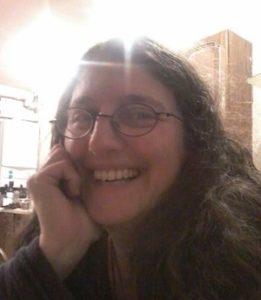 I am a crazy keen acupuncturist and super enthusiastic lecturer, who, by chance, have discovered and loved the cosmology and numerology inherent in Chinese Philosophy and Medicine. I was lucky to start studying (10 years after I know I wanted to be an acupuncturist) at the UK college that teaches the most philosophy and theory, based on Five Phases, wuxing 五行, and Stems and Branches, wuyun liuqi 五運六氣.
I am a crazy keen acupuncturist and super enthusiastic lecturer, who, by chance, have discovered and loved the cosmology and numerology inherent in Chinese Philosophy and Medicine. I was lucky to start studying (10 years after I know I wanted to be an acupuncturist) at the UK college that teaches the most philosophy and theory, based on Five Phases, wuxing 五行, and Stems and Branches, wuyun liuqi 五運六氣.
My course was a 5 year long extravaganza, and I came out the other side, exhausted, changed and driven. Since then (20 years ago) I have not stopped treating, teaching and studying: these three activities interact fruitfully with each other, allowing me to deepen my understanding and practice of this amazing approach to health, the body and the cosmos.
As I am the daughter of academics I took what I was taught and read around the subjects, so that I was able to immerse myself more fully in ancient Chinese culture. I have followed Elisabeth Rochat de la Vallee for 25 years, and have studied classical Chinese for at least 15 years. I may not be able to ask for soup, but I can make a stab at translating very obscure classical Chinese texts! This immersion and reading and teaching has allowed me to apply my ‘apprentice’ style learning to my practice. I thoroughly appreciate and love what I do and am grateful daily for the opportunity to learn more and more and so be able to help my patients even more!
Links and Resources
Here are some slides from today's conversation that will help to orient you to the practice
Heavenly Stems and Five Yun
In this conversation Deborah referenced:
The Chinese Sky During the Han, Constellating Stars and Society, by Xiaochun Sun and Jacob Kistemaker
Sticking to the Point Vol 1, by Bob Flaws
Order in Space: A Design Source Book, by Keith Critchlow














